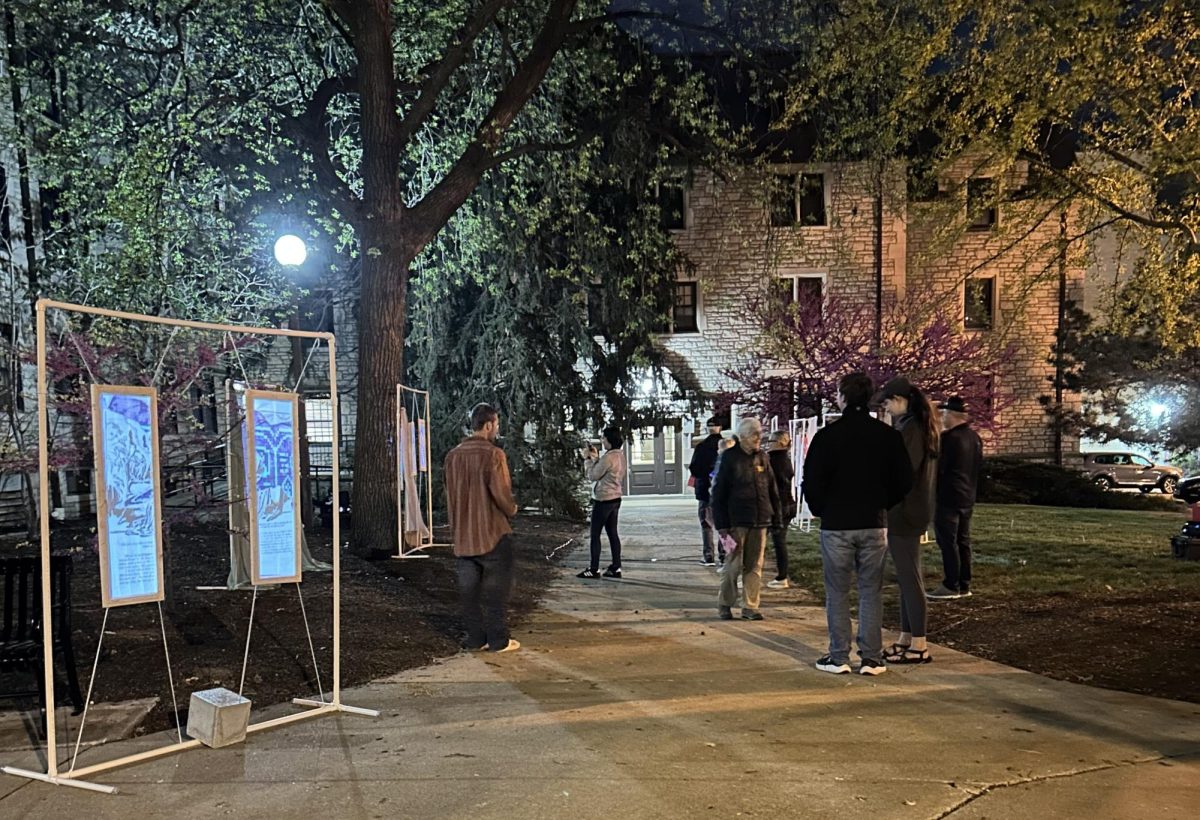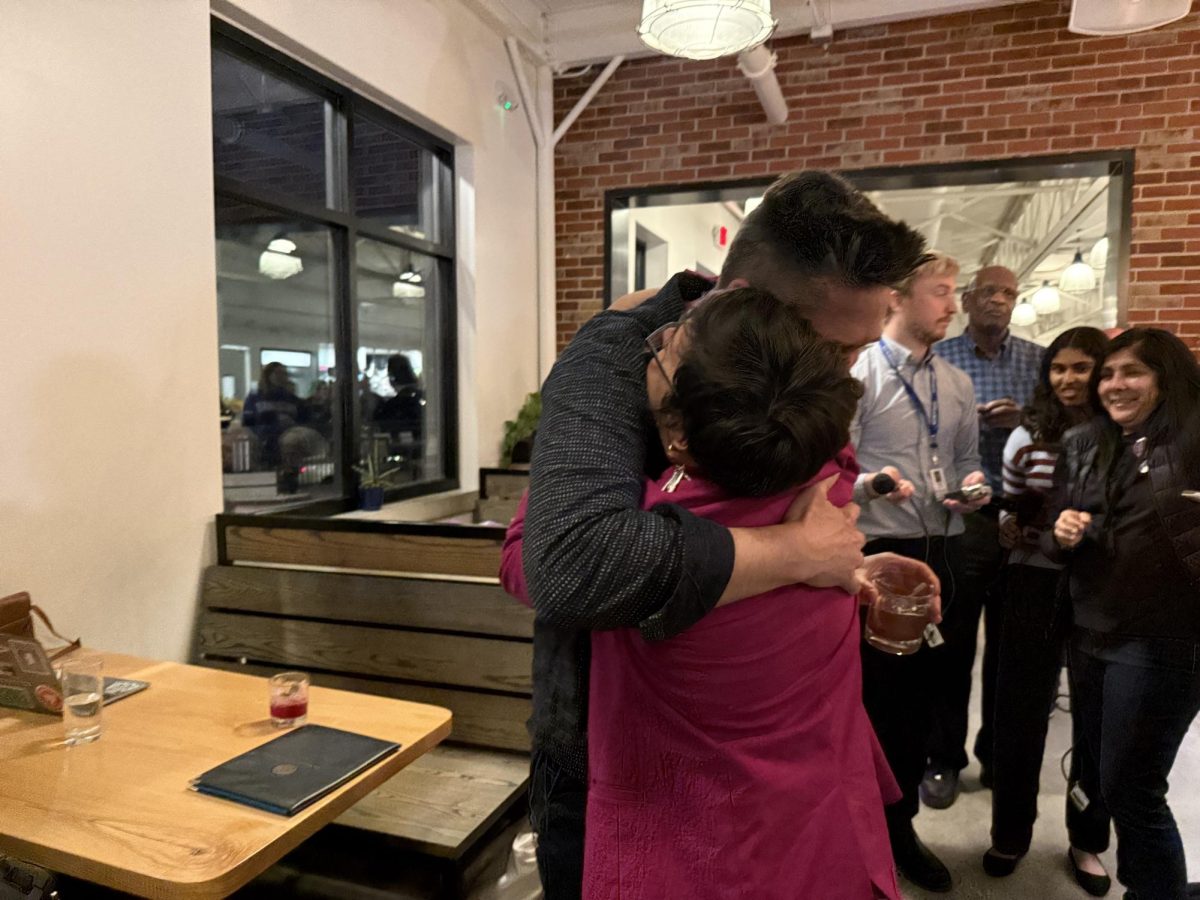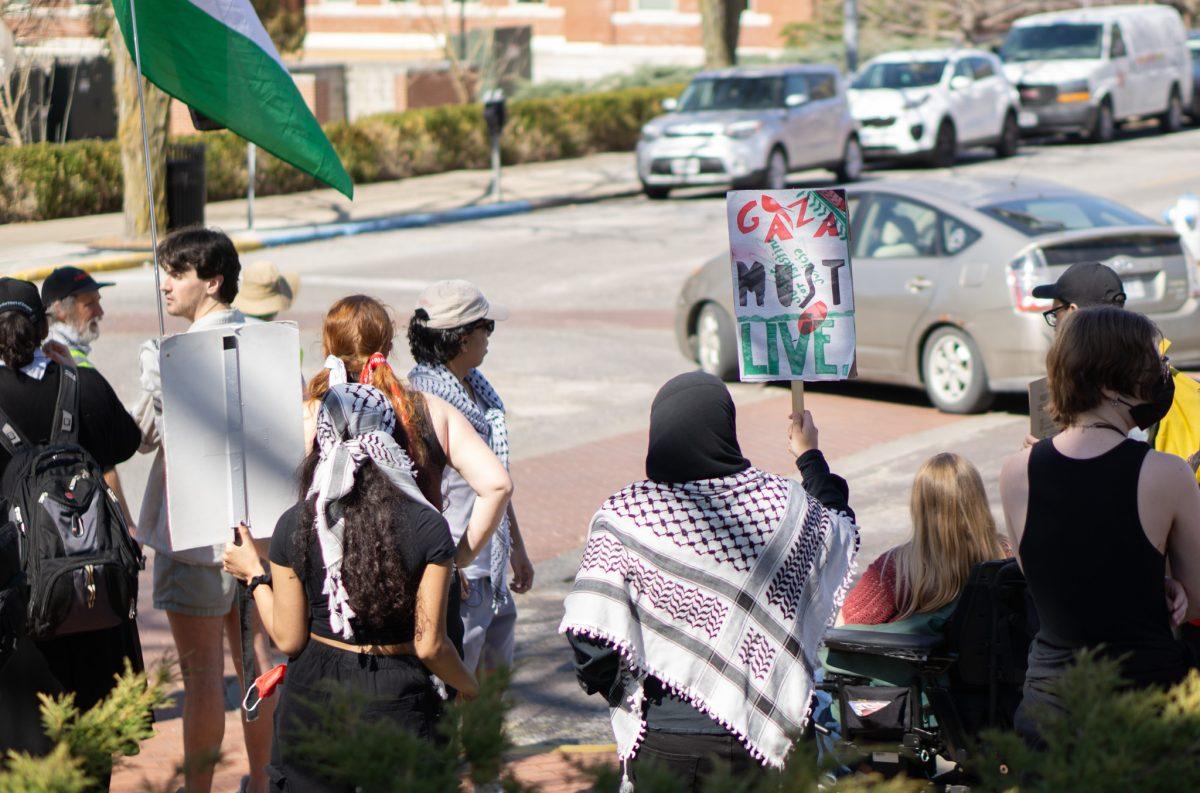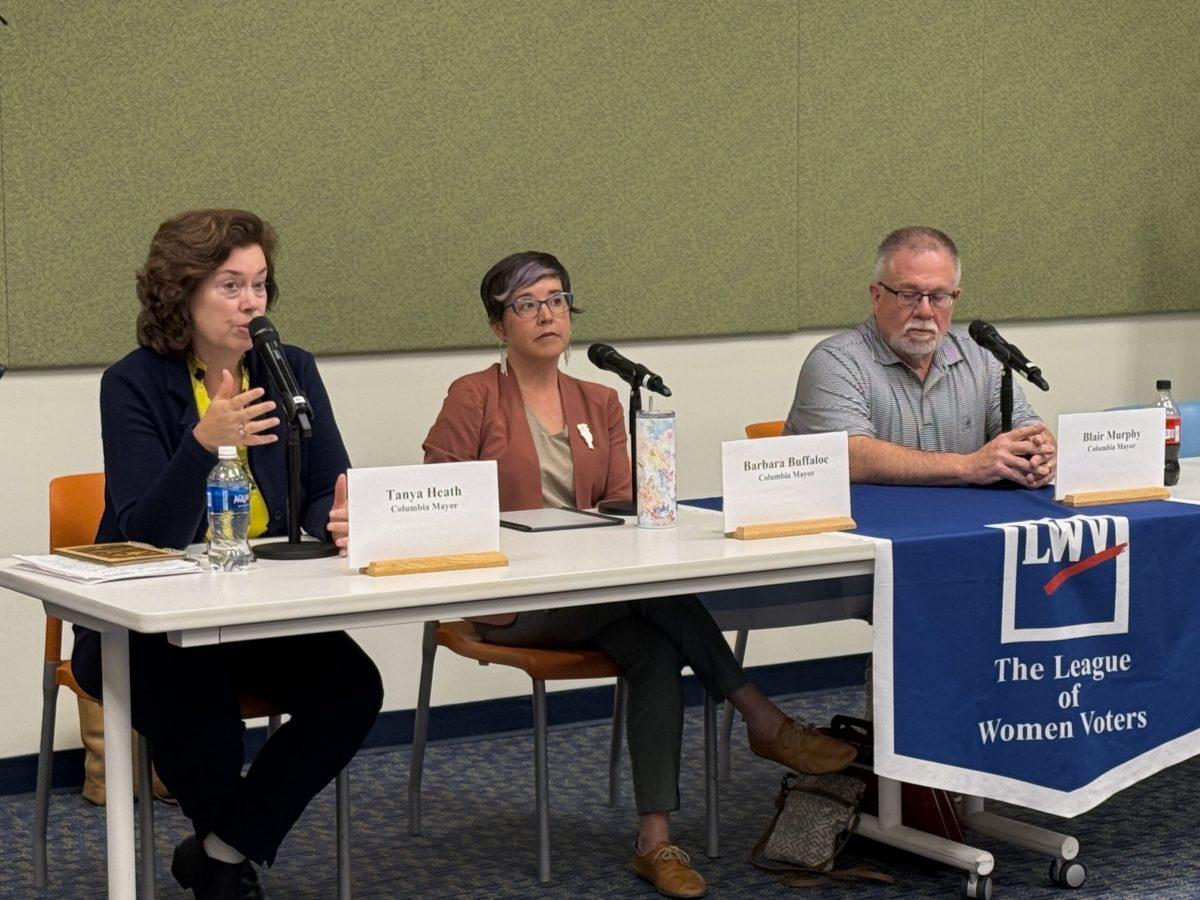By Elise Mulligan
The trailer for the Netflix true-crime documentary “Why Did You Kill Me?” gives the impression that it’s the story of catfishing murder suspects on Myspace to lure the killer to their arrest.
That’s not quite what this film is about, though.
Instead, the narrative portrays the twisted world of gang violence and focuses more on the emotional aftermath of a young woman’s murder, rather than the facts of the case itself. The honest anecdotes foster complex conversations about grief, but the movie does not quite hit the bullseye for suspense or mystery.
“Why Did You Kill Me?” came to Netflix on April 14 from director Fredrick Munk. The film revolves around the case of Crystal Theobald, a 24-year-old woman shot and killed in the crossfire of gang violence in February 2006 in Riverside, California. When devastated mother Belinda Lane learns of the gang members’ Myspace profiles, she enlists the help of her niece Jaimie McIntyre to create a fake account with Crystal’s picture and befriend the potential suspects. Meanwhile, Detective Rick Wheeler interrogates witnesses and local gang members to unravel the series of events, while simultaneously revealing troubled pasts for everyone involved.
To be fair, the social media intel gathered by Lane and McIntyre was an important aspect in moving the case along. However, the issue is that the documentary advertises itself strictly around this aspect of the narrative, setting itself up to be a suspenseful digital hunt akin to Netflix’s “Don’t F**k with Cats” (which, might I mention, is a fantastic series).
In reality, it’s a small piece to a much larger puzzle, and only one chapter in a longer documentary. Viewers should anticipate a stronger emphasis on the intricacies of gang members’ familial relationships and loyalty, as well as examining the emotional fallout of a tragic event.
Plus, the Myspace chase is less fascinating when you discover that McIntyre was only 14 years old when she was deceiving members of the gangs responsible for her cousin’s murder. As she tearfully recounts the distress she experienced in “making someone fall in love with someone who’s dead,” it’s hard not to feel uneasy about her task. For viewers that are hoping for an honorable tale of justice, the disconnect between the trailer and the nuances of the true story may be surprising.
Although the film diverges from its initial set-up, Munk successfully overlaps a diverse variety of interviews with significant people to detail their experiences with dense topics. The testimonies of Lane are both devastating and shocking as she exhibits feelings of depression, anger, obsession and even the intent for revenge. Wheeler provides a more factual overview of the case, but also conveys the humanity of both the suspects and victims.
The stories from former gang members are the most eye-opening, drawing attention to both the overwhelming criminal activity within the groups, as well as the sense of belonging to a sort of family — a side not discussed often. Munk presents their perspectives in a way that is empathetic and describes why they got involved in the gangs, yet without invalidating the suffering of Crystal’s family at their hands.
Munk pairs this interview footage with security footage of the police interrogating suspects, presenting an intimate view of suspect and witness testimony at the rawest level.
For clarity, Munk also shows Lane and Wheeler detailing the events of the shooting through diagrams of the positions of the vehicles and location of each person. The at-home 3D model is at first cheesy, but soon becomes apparent that it’s helpful to understand the evidence.
After the suspected killer is identified a little over halfway through the film, the pace begins to decelerate. While the themes presented are complex, the case itself is not significantly shocking or puzzling compared to other true-crime documentaries. Once the mystery dissipates, it begins to lose steam and intrigue.
All things considered, it’s a well-produced retelling of a tragic event poisoned with interweaving gang violence. It may disappoint viewers looking for a fast-paced hunt for a killer, but intrigue others interested in exploring the humanistic impact of a shooting on both the victims and the suspects.
If nothing else, it’s at least a reminder not to trust every pretty face on the internet — they may not be alive.
_Edited by Chloe Konrad | ckonrad@themaneater.com_






